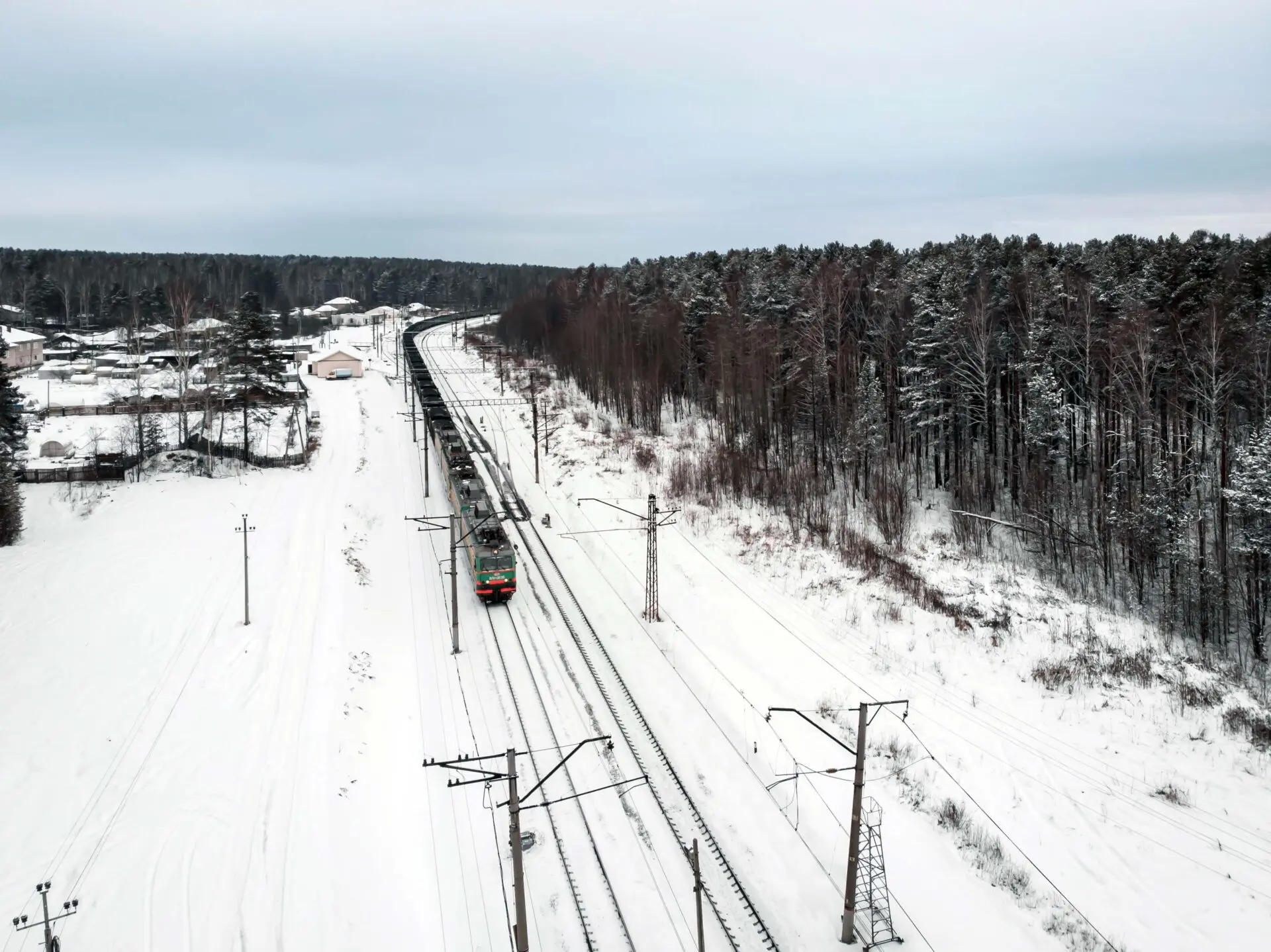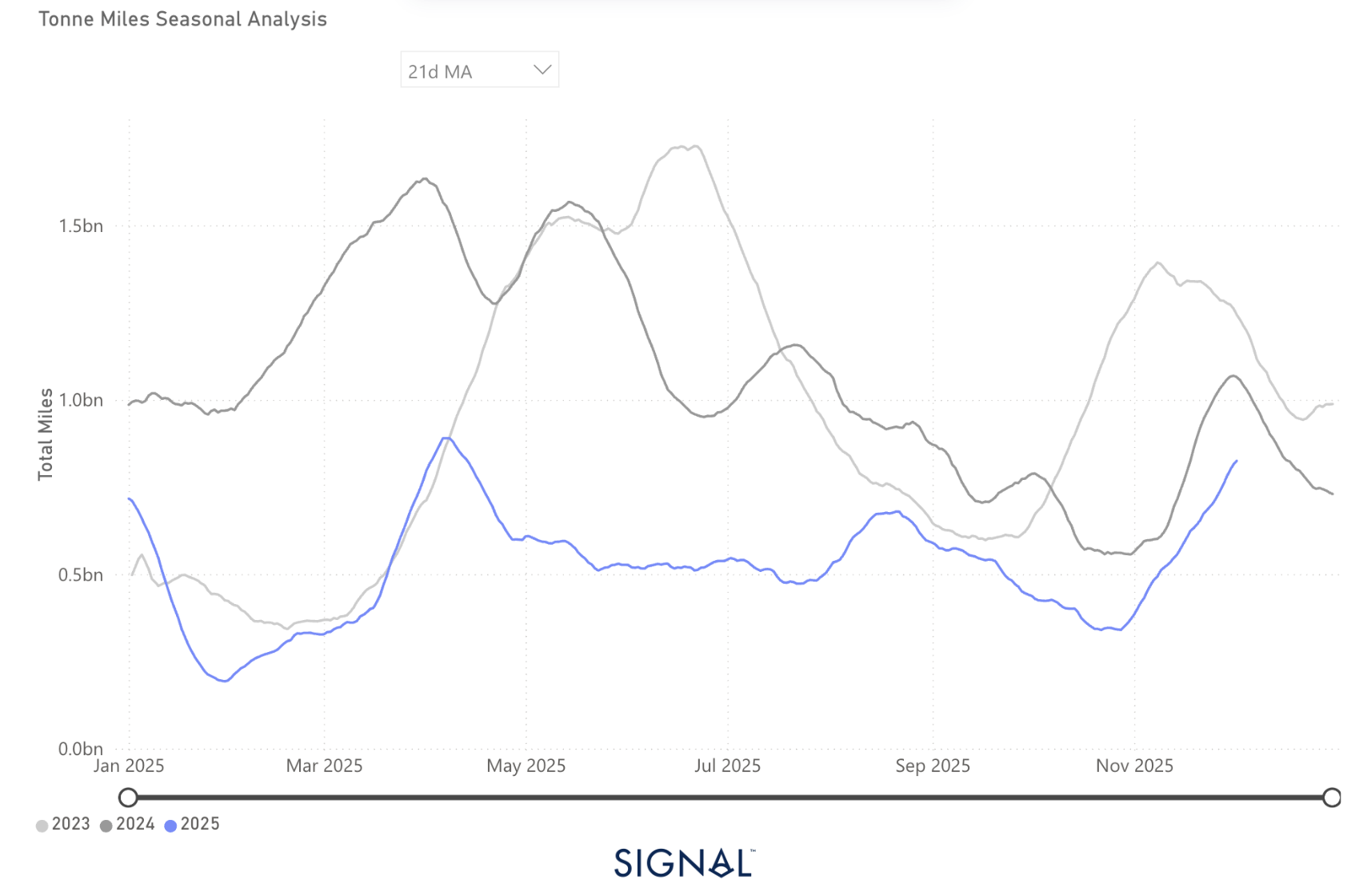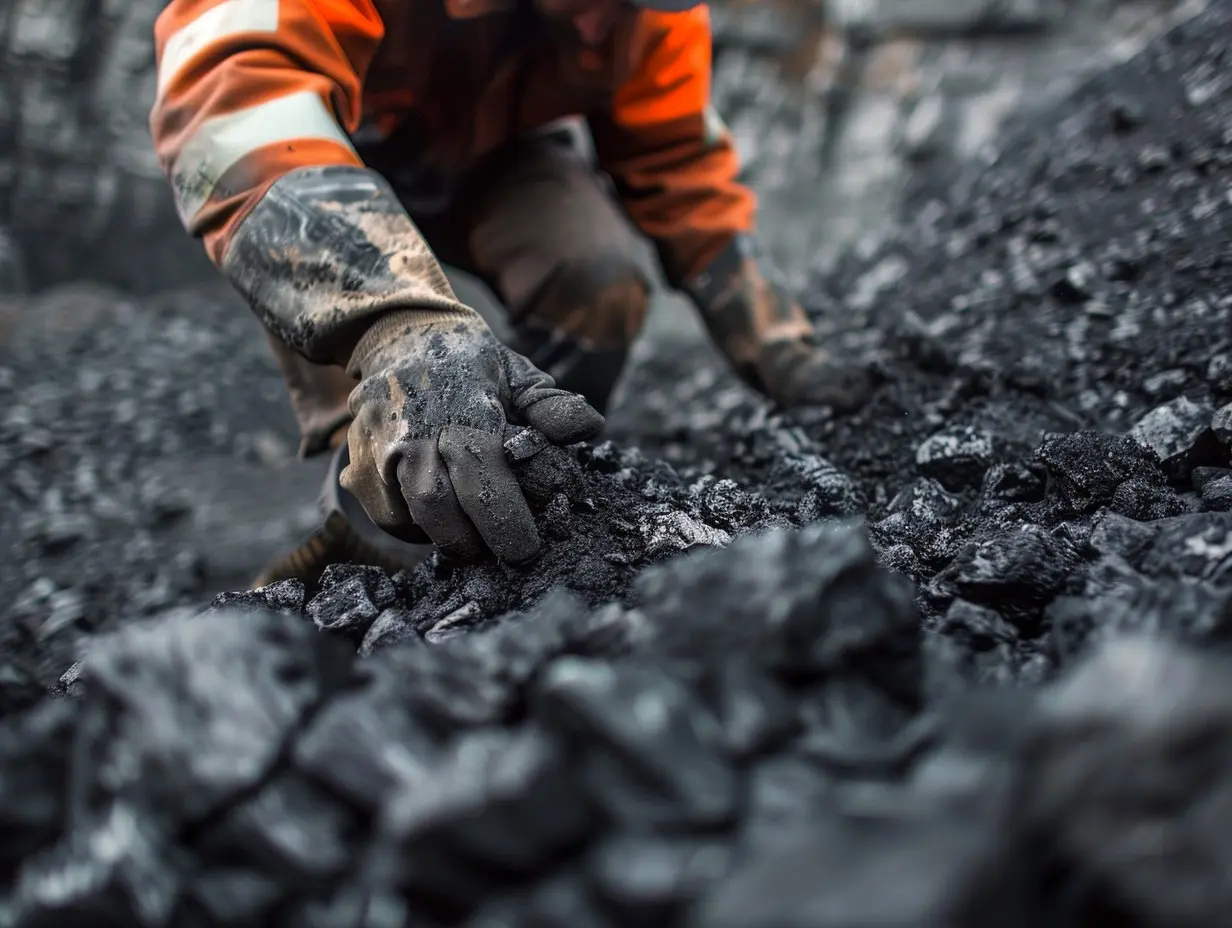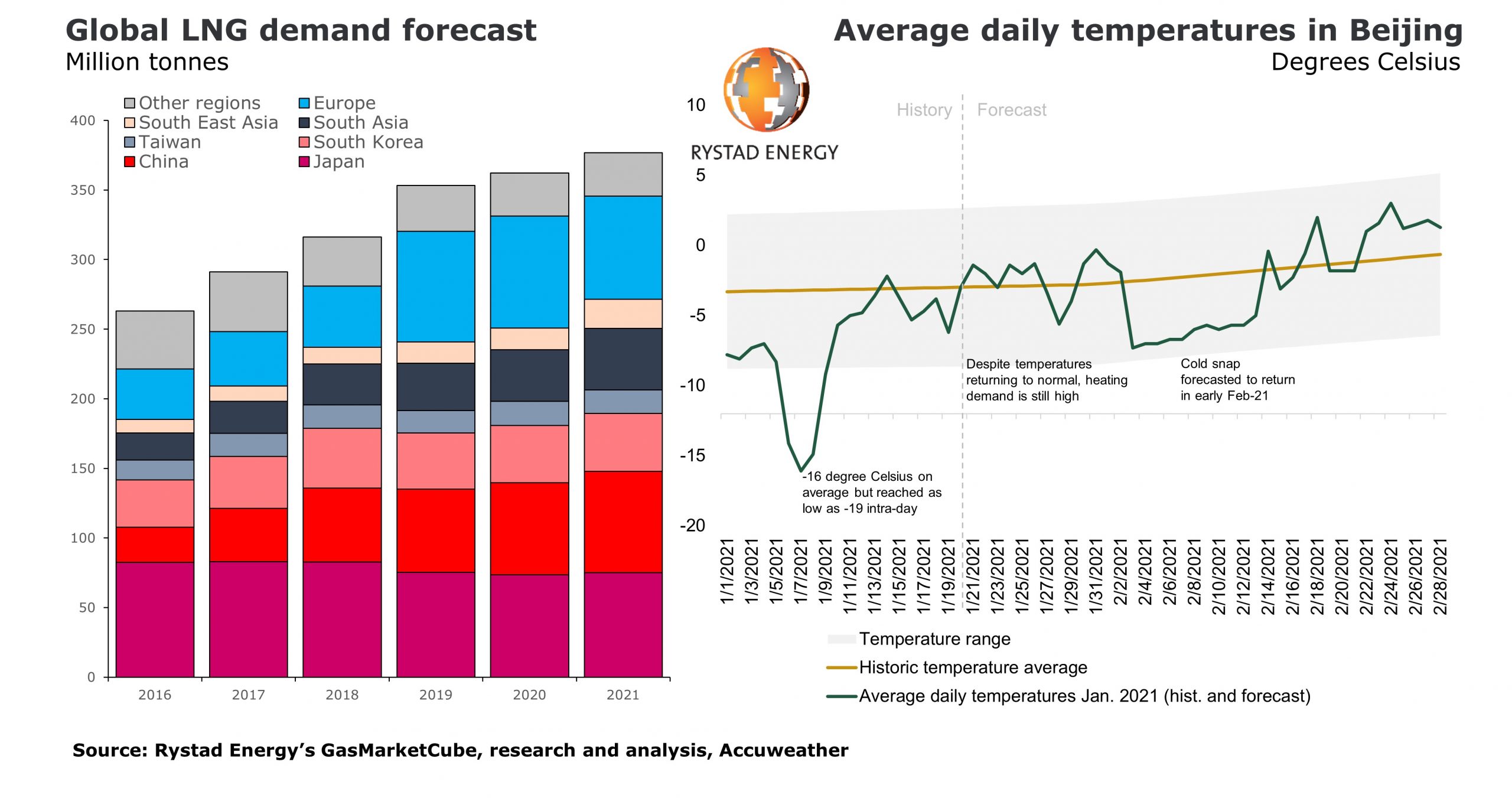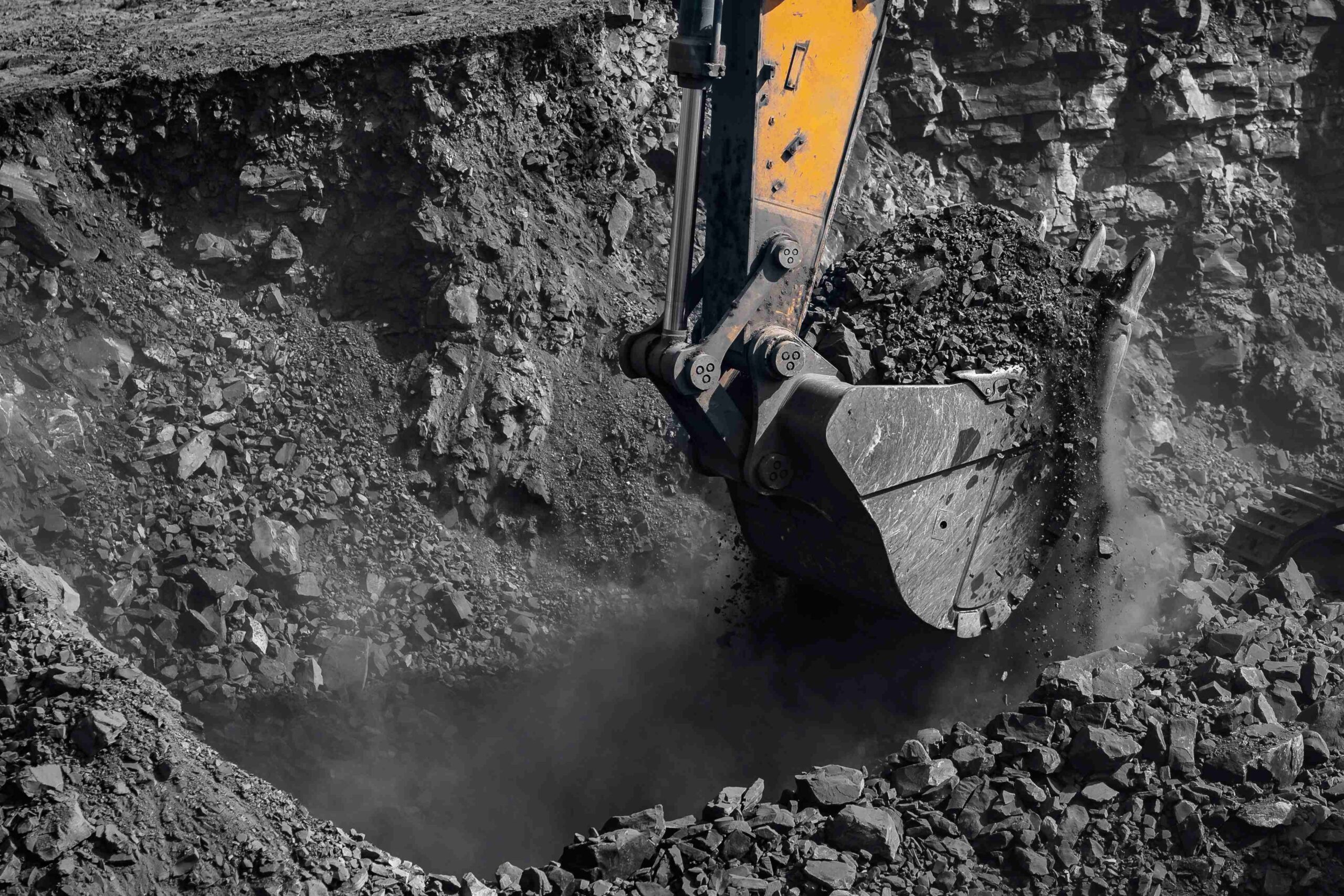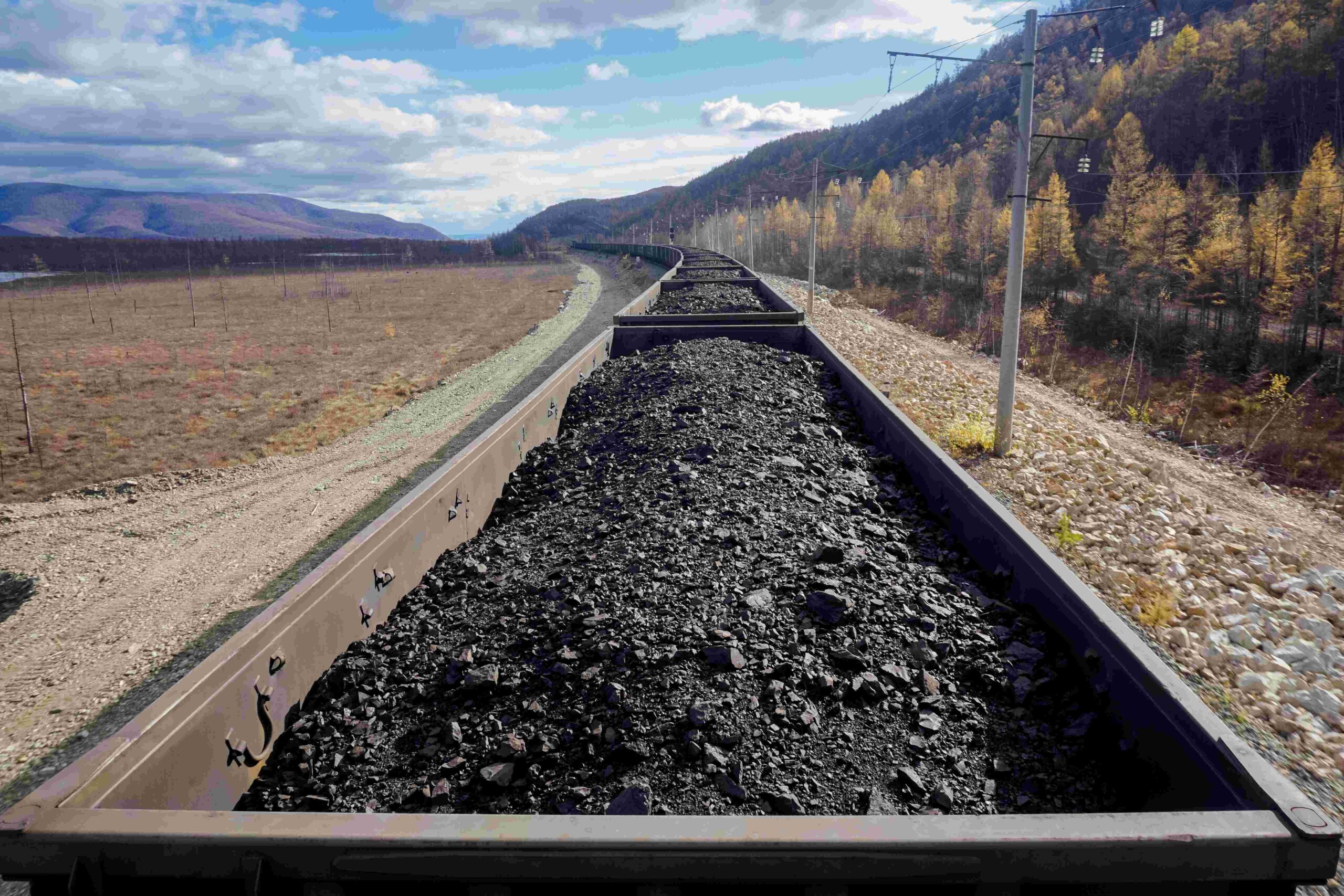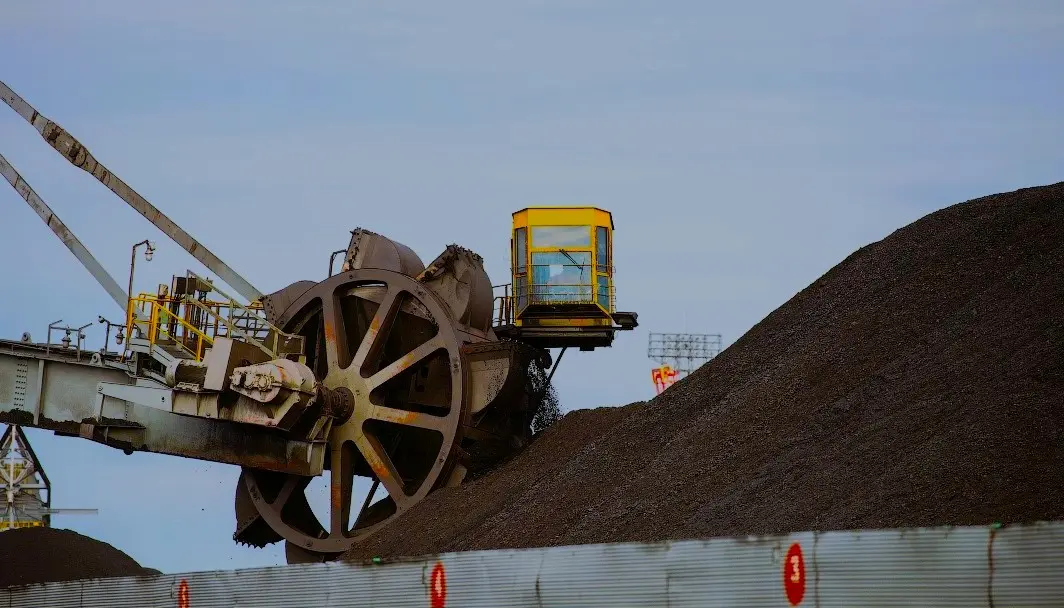
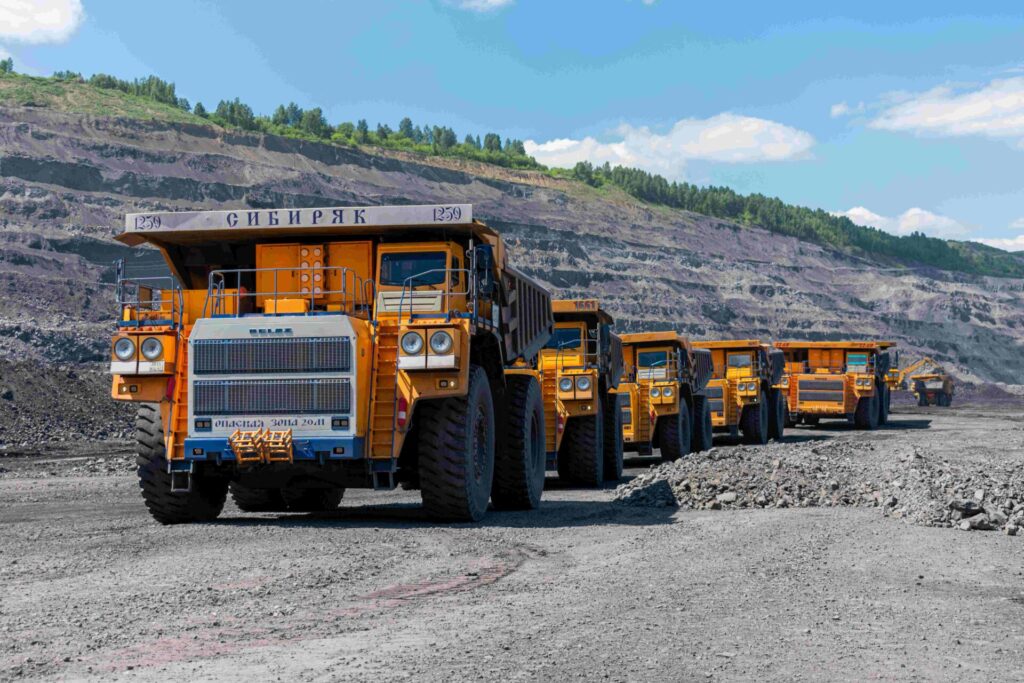
The Russian coal industry is facing an unprecedented crisis in 2024-2025. 27 enterprises with a total production volume of 40 mio t are at risk, with 126 mio t of coal produced by unprofitable companies.
In Kuzbass the share of loss-making companies increased from 34.8% in 2023 to 57.3% in 2024, while in Khakassia 50% of enterprises became loss-making (with no losses reported in 2023). Tax revenues from coal mining companies in Kuzbass decreased by 53% (554 mio USD). In Khakassia, tax revenues dropped three-fold (down to 26 mio USD).
As of March 2025, wage debts in the coal industry of Kuzbass amounted to 4.1 mio USD. Nine enterprises suspended their operations, 20 more are at risk. With falling global coal prices, the profitability of mining remains below the cost of production. Far Eastern routes are overloaded, while western and southern directions require large-scale investments in logistics.
The sharp deterioration of the industry’s financial performance, shutdown of enterprises and growing social tensions in coal-mining regions require an immediate response from both business and the government.
Key industry challenges
· decrease in export profitability due to logistics costs, sanctions and depressed global prices;
· logistical collapse (high share of transportation costs up to 50% in coal price, shortage of railway capacities and unbalanced rail tariff policy of Russian Railways);
· strengthening of the ruble amid falling world prices, that raises the share of production costs and railroad tariffs;
· financial constraints (high interest rate and lack of working capital);
· tax burden (mineral extraction tax, insurance premiums);
· reduction of export outlets and issues with international payments.
To rescue the industry, the Russian Ministry of Energy developed an anti-crisis program for coal miners with support measures including the following guidelines:
Export support (rail tariffs)
· moratorium on RZD tariff hikes until the end of 2025;
· 12.8% discount for westbound deliveries;
· canceling the indexation of tariffs for empty mileage (-10%);
· long-term tariff regulation (“inflation minus 0.1%” until 2035).
Financial support
· loan extensions (for 6-24 months), interest rate subsidies (compensation of 2/3 of the key interest rate), working capital replenishment at 10% per annum, as well as special support measures from VEB.RF.
Tax benefits
· deferral of taxes and insurance contributions for 12 months, adjustment of MET tax deduction;
International cooperation
· Cooperation with China and India at the governmental level to remove import duties on Russian coal and simplify settlements between the banks of these countries and Russia.
Support for single-industry towns
· Introduction of preferential debt financing and co-financing of social and infrastructure projects.
According to the Ministry of Energy, the losses from production decline may exceed the amount of subsidies, supporting exports, by more than two times. Implementation of the proposed measures may help stabilize the industry, save jobs and regional revenues. To maintain the competitiveness of Russian coal mining companies, it is critical to introduce long-term tariff mechanisms, tax incentives and logistics subsidies.
Source: CCA Analysis

